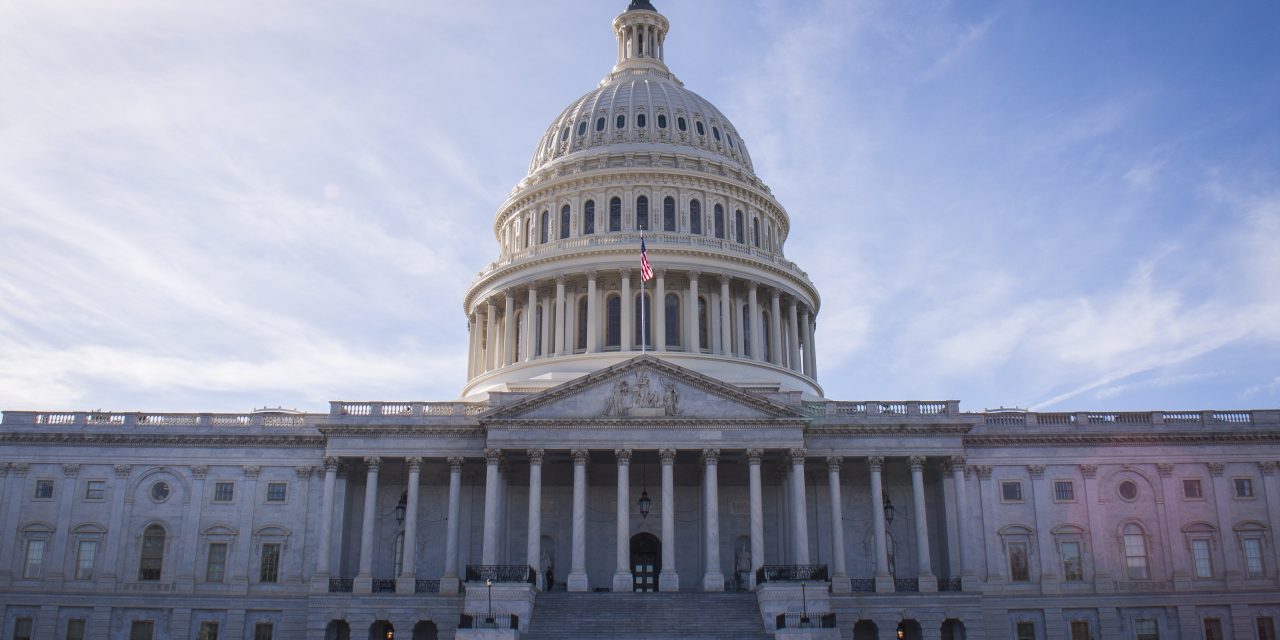Introduced by Sen. Akaka (D-HI) last week with 5 co-sponsors, the “Providing for Additional Security in States’ Identification Act” (PASS ID) (S. 1261) would give states a breather from the costs and restrictions imposed by the REAL ID Act, which became law in 2005 without Congressional hearings and as part of must-pass war funding bill. The PASS ID Act, however, would do little for immigrant access to licenses and nothing for a common sense approach to immigration reform.
PASS ID would repeal the REAL ID Act, which numerous states have vociferously opposed as a burdensome, unfunded mandate and akin to creation of a national ID system. Currently, 23 states have passed laws and resolutions opposing the REAL ID Act, including Arizona whose former governor, Janet Napolitano, is now the Secretary of the Department of Homeland Security (DHS). But PASS ID—like REAL ID—sets national standards for driver’s licenses. Driver’s licenses won’t be accepted for federal purposes if they don’t meet the national standards.
Most of the differences between PASS ID and REAL ID actually have nothing to do with immigration. Here’s what PASS ID proposes to do:
The PASS ID Act would:
- Eliminate the requirement for states to verify documents, impose privacy protections, and appear to shift costs to the federal government. Privacy advocates, though, dispute the claimed improvements in PASS ID, contending that PASS ID and REAL ID are unacceptable “peas in a pod” that create a national ID system.
- Treat some lawfully present non-citizens more harshly than they were treated in REAL ID. For example, under PASS ID, applicants for asylum and temporary protected status would be able to get driver’s licenses only if they have work authorization. That requirement is a senseless burden on people applying for legal status because they are escaping persecution or natural disasters. These applicants still need to drive their children to the doctor or to school, even if they don’t have work authorization.
- Require regulations that protect privacy rights, but does not mandate any due process protections for immigrants wrongly denied licenses or whose licenses are delayed because of problems with the Systematic Alien Verification for Entitlements (SAVE) system, which states must use to verify immigration status with DHS.
- Still enable states to issue licenses that don’t comply with the bill. The few states that do issue licenses—regardless of immigration status—or that still find the requirements burdensome or a risk to privacy can still continue to do so.
Both PASS ID and REAL ID:
- Make non-citizens prove lawful immigration status to get a license. Immigration law is complicated, contradictory and ever-changing, so it is not surprising that REAL ID left out some categories of lawfully present immigrants who should be eligible for a license—such as trafficking—victim applicants for non-immigrant visas or those protected under the Convention against Torture. PASS ID attempts to cure some of these deficiencies, but at the same time gives DHS unreviewable discretion to add categories of lawfully present non-citizens, leaving open the possibility that this might be done in a discriminatory or irrational way. States will likely find a shifting list of eligible immigration statuses to be confusing and cumbersome.
- Recognize that exceptional circumstances – e.g. Hurricane Katrina – can make it impossible for people to provide the required documents for a license. States can set up an “exceptions process” to deal with this. But states can’t do the same for immigration status, even if people lose their documents proving immigration status in the very same disaster.
- Require a passport as the only foreign document that can be used to prove identity and date of birth for a driver’s license—even though other documents such as birth certificates and school records can be used in actually obtaining legal status.
- Require that states use the Systematic Alien Verification for Entitlements (SAVE) program to verify immigration status with DHS. But state Department of Motor Vehicle agencies have criticized delays with SAVE, the need for their staff to make additional contacts with U.S. Citizenship and Immigration Services (USCIS), and unavailability and unreliability of data.
Driver’s license restrictions are used as a blunt instrument of immigration enforcement, but they don’t solve the problem. About 12 million undocumented immigrants currently live in the U.S.—and for the most part, these immigrants don’t live alone. They live with family members who are either U.S. citizens or otherwise authorized to be in the U.S. Congress would do better to pass a comprehensive legalization bill that brings undocumented immigrants out of the shadows, rather than pretending that driver’s license restrictions are the solution.
FILED UNDER: Department of Homeland Security, enforcement, Restrictionists, undocumented immigration


